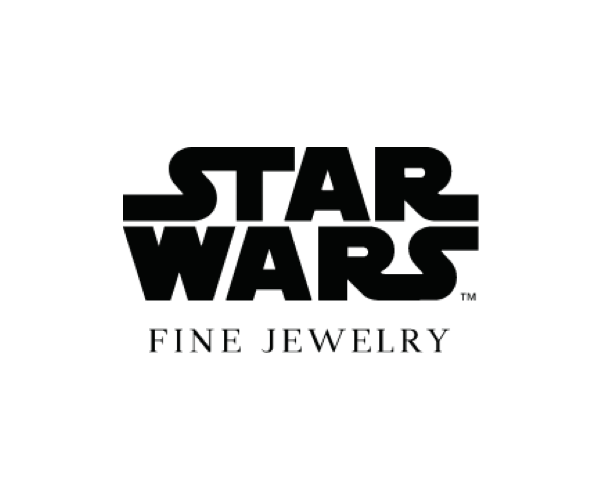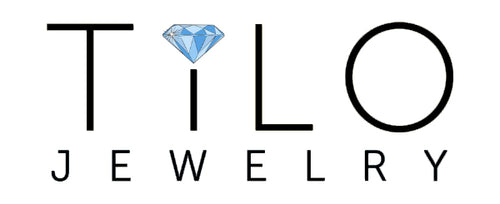Post-COVID Opportunities for Jewelry Businesses
The jewelry industry has undergone a dramatic shift in operational processes after the pandemic. Changing consumer preferences and needs have forced many jewelry stores to adopt new strategies in order to remain competitive. Let’s explore three of the most popular ones.
1. eCommerce
While in-person sales are still important, especially for fine jewelry, COVID has accelerated consumer online shopping. Digital transformation has become imperative for the success of most businesses. Jewelers now need to leverage online tools to not just survive but also to thrive.
Online, social selling using engagement and interaction with customers has become extremely important for many reasons. Out of all channels, Instagram seems to be the favorite for jewelry products engagement. Marketplaces have long been around, yet nowadays their number has increased exponentially. Thus, the concept of having an omnichannel strategy (aka integrated multichannel marketing and sales) is also growing in popularity. We discuss this in further depth in a different article.
2. Environment, society, governance (ESG)
Non-financial factors have become vital in the decision-making process of both consumers and investors. Gen Z is driving this movement toward increased corporate social responsibility (CSR) with 62% of them preferring to buy from sustainable brands. Also, 73% of Millennials are also willing to spend more for sustainable goods.
As a jewelry seller, important factors to consider when complying with ESG regulations and efforts include:
- Environmentally friendly packaging (read our tips for this here)
- Responsible sourcing of materials
- Fair wages
- Safe working environments
· Financial transparency

3. Technology
A number of digital technologies have taken the jewelry industry by storm, including:
- Artificial intelligence (AI) – used primarily for process automation
- Virtual reality (VR) and augmented reality (AR) – recently incorporated by brands to allow trying on products virtually
- Bitcoin – as a payment option
- Non-fungible tokens (NFTs) – in this case, to represent diamond ownership
- 3D printing – new manufacturing method for fashion jewelry
- Computer-aided design (CAD) – for new product styles, especially custom ones
The rapid adoption of new technological innovations has helped increase productivity, lower costs, drive up sales, improve logistics, and aid with customization options.
It is an exciting time for jewelry business owners across the world. While keeping up with all the changes can prove challenging, doing so can drive profits and growth through the roof.





























